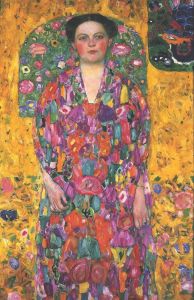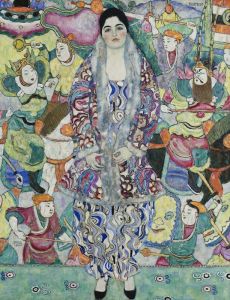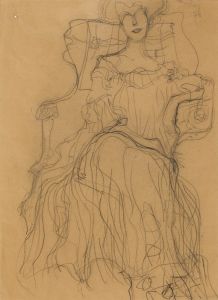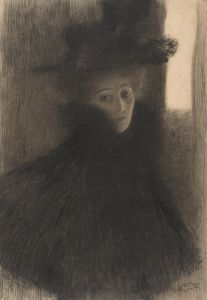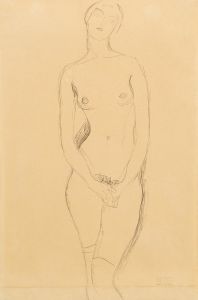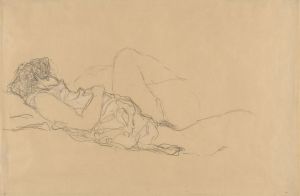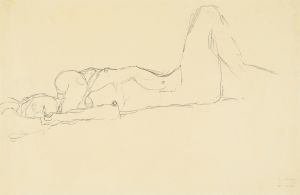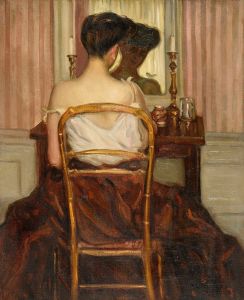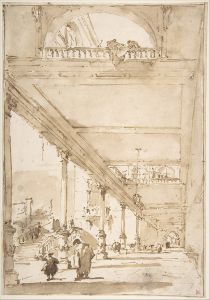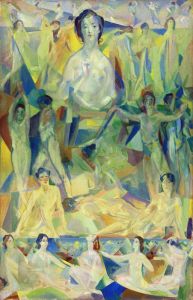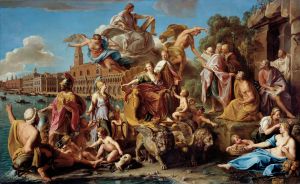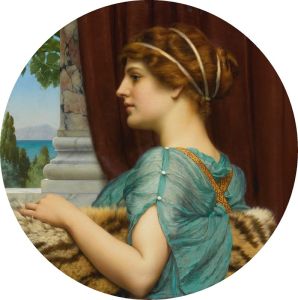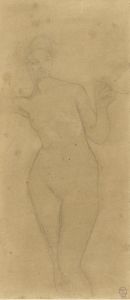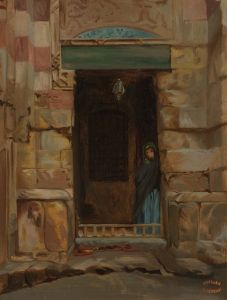
Die Jungfrau
A hand-painted replica of Gustav Klimt’s masterpiece Die Jungfrau, meticulously crafted by professional artists to capture the true essence of the original. Each piece is created with museum-quality canvas and rare mineral pigments, carefully painted by experienced artists with delicate brushstrokes and rich, layered colors to perfectly recreate the texture of the original artwork. Unlike machine-printed reproductions, this hand-painted version brings the painting to life, infused with the artist’s emotions and skill in every stroke. Whether for personal collection or home decoration, it instantly elevates the artistic atmosphere of any space.
Gustav Klimt's painting Die Jungfrau (The Virgin) is a notable work by the Austrian Symbolist painter, created in 1913. This oil on canvas painting is celebrated for its intricate composition, vibrant colors, and the characteristic ornamental style that defines Klimt's mature period. The artwork measures 190 cm by 200 cm and is currently housed in the National Gallery in Prague, Czech Republic.
Die Jungfrau depicts a group of intertwined female figures, with the central figure representing a young woman, often interpreted as a virgin. The figures are surrounded by a swirling, decorative background filled with floral and abstract patterns, a hallmark of Klimt's work. The painting is rich in symbolism, with themes of femininity, sensuality, and the cycle of life often associated with its imagery. The figures appear to be floating in a dreamlike, otherworldly space, emphasizing Klimt's interest in exploring the subconscious and the spiritual aspects of human existence.
The painting is part of Klimt's later body of work, during which he frequently explored themes of love, sexuality, and the female form. His use of vibrant colors, gold accents, and intricate patterns reflects the influence of the Art Nouveau movement, as well as his fascination with Byzantine mosaics and Japanese art. Klimt's distinctive style combines realism in the depiction of the human form with abstract, decorative elements, creating a unique visual language that has made his work iconic.
Die Jungfrau is often interpreted as a celebration of femininity and the transformative power of love and desire. The composition suggests a sense of unity and interconnectedness among the figures, which may symbolize different stages of a woman's life or aspects of her identity. However, Klimt himself rarely provided explicit explanations for his works, leaving much of their meaning open to interpretation.
This painting exemplifies Klimt's ability to merge sensuality with spirituality, creating a work that is both visually stunning and emotionally evocative. It remains a significant example of his contribution to modern art and continues to be admired for its beauty and complexity.





